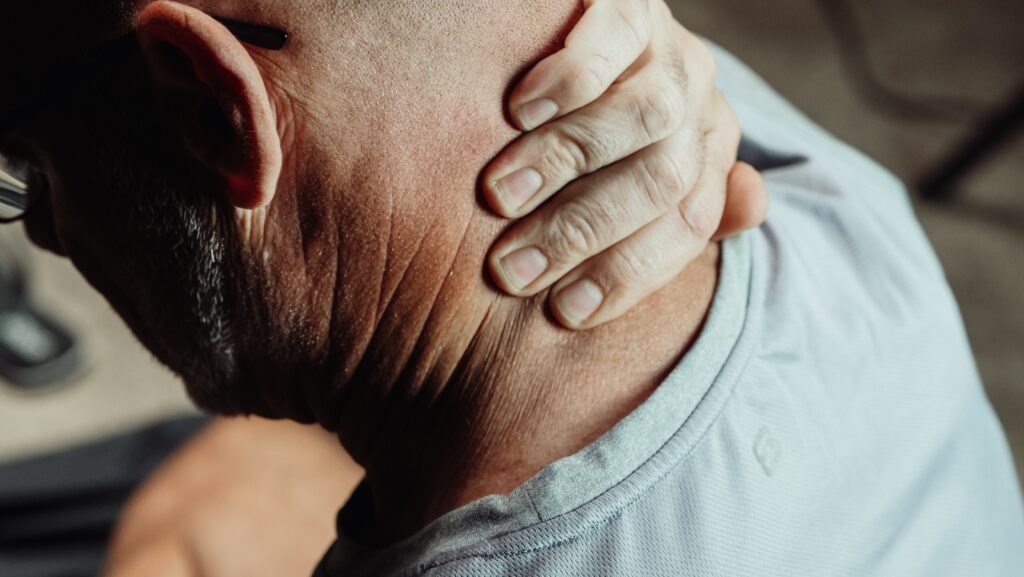Regain Your Life with Physical Therapy For Myofascial Neck Pain
Introduction
Physical therapy is a supportive treatment for a wide variety of conditions, offering relief and rehabilitation for both acute and chronic pain. Neck myofascial pain syndrome is no exception. For those suffering from this condition, physical therapy can be an effective means of improving quality of life.
Through specific exercises and stretches tailored to the individual patient’s needs, physical therapists can help alleviate symptoms associated with neck myofascial pain syndrome. By targeting the underlying muscles and tissues causing pain and discomfort, patients can experience long-lasting relief, reducing the need for medication or invasive procedures. Ultimately, physical therapy can provide an accessible and effective alternative for those seeking a path toward better health and wellness.
What Is Neck Myofascial Pain Syndrome?
Neck myofascial pain syndrome is a condition that causes persistent or recurring muscle pain in the neck. It can be caused by tightness or tension in the muscles of the neck, or it can result from underlying problems such as arthritis or other inflammatory conditions. The pain associated with this syndrome often worsens with movement and can be accompanied by stiffness, headaches, and even dizziness. Treatment may include medications, rest, physical therapy, and in some cases surgery.
What To Expect At Physical Therapy For Neck Myofascial Pain Syndrome?
At physical therapy for neck myofascial pain syndrome, you’ll meet with a skilled physical therapist who will evaluate your condition and design a customized treatment plan. This plan may entail different therapies like massages or stretches to alleviate tight muscles, exercise programs to develop weak muscles and improve flexibility, techniques to enhance posture and correct any misalignment, and education around proper body mechanics. By reducing irritation to the affected area through such therapy and practice, you’ll be able to recover with ease.
What Types Of Exercises Might You Do During Physical Therapy?
Some of the exercises your physical therapist may suggest during your physical therapy sessions are:
- Strengthening exercises: Performing targeted strengthening exercises that are focused on specific muscles groups to improve stability and increase strength
- Stretching: Stretching exercises designed to lengthen shortened muscles while also improving flexibility
- Posture correction: Correcting any misalignment or poor posture through stretches and strengthening exercises that are focused on correcting posture-related problems
- Heat/cold treatments: Applying either heated packs or cold compresses depending on which type of treatment is indicated for relief of discomfort related to muscle tightness
How Long Does Recovery Take?
The length of recovery time needed for neck myofascial pain syndrome will depend largely on the severity and duration of each individual case. Generally speaking, it is expected that a patient participating in an active program involving both manual therapies as well as exercise should begin seeing improvement within 4-8 weeks after starting physical therapy treatment. It is important to note however that recovery time could extend beyond 8 weeks depending on factors such as age and underlying medical conditions that might complicate progress towards healing. With appropriate adherence to therapeutic interventions prescribed by a qualified physical therapist, those suffering from neck myofascial pain syndrome should notice decreased levels of discomfort after engaging in regular sessions over an extended period of time.
Conclusion
Physical therapy offers tremendous benefits in recovering from neck myofascial pain syndrome. It addresses muscular imbalances and reinforces proper body mechanics for reducing discomfort at home between scheduled physical therapy visits. By diligently adhering to prescribed therapeutic exercises and being monitored by trained professionals, individuals with this condition should find relief within a reasonable amount of time as part of their overall recovery plan.

